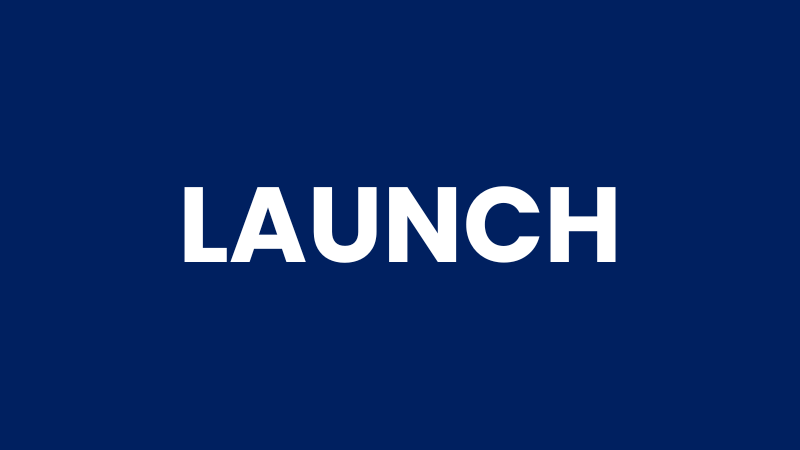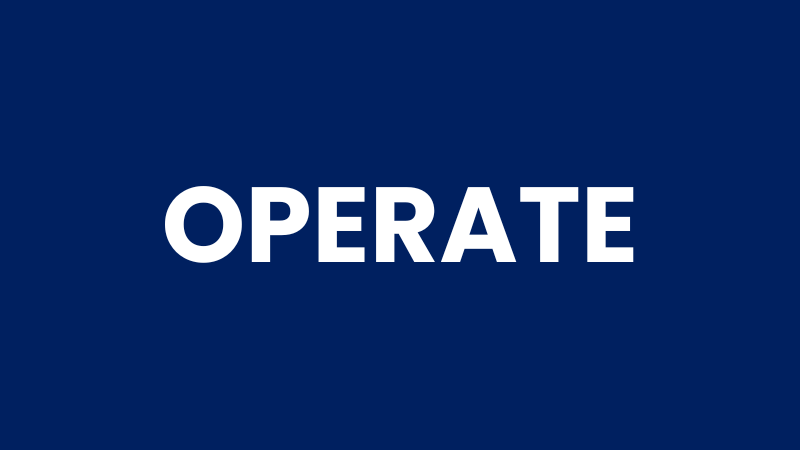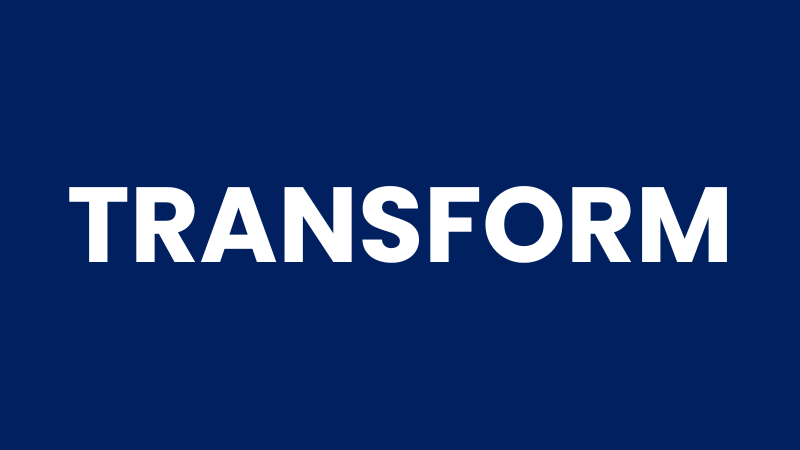Measuring the return on investment (ROI) for CX outsourcing is like finding the key to unlocking the full potential of your customer service operations. As businesses look to enhance customer experiences while managing costs, understanding the ROI of outsourced CX solutions becomes essential. By measuring these returns, organizations can make informed decisions that benefit both their bottom line and customer satisfaction levels.
This article will explore the significance of ROI in CX outsourcing. We’ll break down the key elements that contribute to ROI, helping you understand how your investment in customer service outsourcing pays off. Whether you’re a small business just starting with outsourcing or a large corporation looking to optimize existing operations, getting a handle on ROI will guide you in maximizing your outsourcing strategy’s effectiveness.
Understanding ROI in CX Outsourcing
ROI, or return on investment, is a term you often hear in business. It’s about figuring out how much you gain from an investment compared to the cost it incurred. In the context of CX outsourcing, evaluating ROI is crucial because it helps you see the real value your outsourced operations bring to your business. By knowing what you’re getting back, you can decide if you’re on the right track or if adjustments are needed.
In the context of CX outsourcing, ROI hinges on a few main components:
1. Service Quality: High-quality service can lead to happy customers, who are more likely to return and spread the word. This can increase sales and boost company reputation.
2. Cost Efficiency: Outsourcing can reduce costs significantly compared to running full-scale operations in-house. Savings may result from lower labor costs in different regions or more efficient processes.
3. Scalability: Outsourcing allows you to scale your operations according to demand, which is particularly beneficial during seasonal peaks or unexpected surges.
Having a clear picture of these elements is pivotal in aligning your business strategies. Consider this analogy: Imagine outsourcing as planting a garden. Your resources, such as tools and seeds, represent your initial investment. The blooms are the services you provide to customers. A good ROI means your garden flourishes with plenty of returns in satisfaction and loyalty, far exceeding what you put in.
Identifying Cost Factors in CX Outsourcing
Analyzing the costs involved in CX outsourcing is like looking at the pieces of a puzzle. You need to understand each one to see how they fit into the bigger picture. Breaking them down helps you know what you’re paying for and how it affects the overall investment.
Start by considering these key cost factors:
1. Initial Setup and Technology Costs: Setting up an outsourcing program isn’t free. Costs might include software licenses, integration with existing systems, and initial training for the outsourced team.
2. Ongoing Operational Costs: Once the systems are in place, there are regular costs like salaries for support staff, maintenance of technology, and continuous training programs to ensure quality.
3. Quality Assurance and Monitoring Costs: Keeping an eye on the quality of service is vital. This might mean additional investments in quality monitoring tools or hiring experts to ensure that the customer experience remains top-notch.
Understanding these costs helps you prepare for your outsourcing journey. It also allows you to track where your money is going, ensuring that you’re getting the best bang for your buck. Think of this as building a house. Each cost represents a structural component necessary to ensure that the whole structure is sturdy and long-lasting.
Benefits of CX Outsourcing Solutions
Embracing CX outsourcing solutions offers numerous advantages that can transform how businesses operate and interact with their customers. One of the most significant benefits is enhanced customer satisfaction and retention. When customers receive prompt and effective service, their loyalty often increases, leading to a stronger relationship with the brand.
Outsourcing also grants businesses access to specialized expertise and cutting-edge technology. By leveraging the skills of seasoned professionals, companies can improve their service quality while staying ahead of industry trends. Outsourcing partners often invest in the latest technologies, which can be quite costly for individual businesses to acquire on their own.
Another notable benefit is scalability. Outsourcing allows businesses to easily adjust the size and capabilities of their customer service operations based on demand. This flexibility can be particularly useful during busy periods, helping ensure that customer service remains seamless without any dips in performance.
Methods to Measure ROI Effectively
Determining the success of a CX outsourcing investment involves carefully assessing various metrics. Key performance indicators (KPIs) play a crucial role in this process. By tracking KPIs such as average response time, customer satisfaction scores, and first-contact resolution rates, managers can gain insights into how well their outsourcing partners are performing.
Customer feedback serves as another valuable tool in measuring ROI. Surveys and feedback forms can provide direct insights into customers’ experiences, highlighting areas of strength and potential improvements. Regularly analyzing this feedback helps ensure customer expectations are being met consistently.
Moreover, examining cost savings and revenue growth is vital. By comparing the costs of outsourcing to the results achieved, businesses can ascertain whether their investment is yielding the desired returns. For example, if a company notices a significant increase in customer retention rates, that could indicate successful ROI from their outsourcing strategy.
Factors Influencing ROI in CX Outsourcing
Several factors influence how successful CX outsourcing strategies are in enhancing ROI. First, the quality of service provided by the outsourcing partner is paramount. A partner offering top-notch service can significantly impact customer satisfaction and loyalty, directly affecting the ROI.
Aligning outsourcing objectives with business goals ensures that both parties have a unified purpose. This alignment helps achieve seamless integration and greater success in reaching shared targets. When objectives are clear and mutually understood, it can lead to more efficient operations and effective service delivery.
Continuous improvement and innovation also play key roles. By consistently seeking ways to enhance processes and adapt to new customer demands, businesses can maintain a competitive edge in service quality and efficiency. This proactive approach helps ensure the outsourcing relationship remains beneficial in the long run.
Maximizing ROI in CX Outsourcing for Business Growth
Understanding and maximizing ROI in CX outsourcing requires a thoughtful approach. Businesses must scrutinize costs and benefits while ensuring that their partners align with their strategic goals. When done right, outsourcing not only enhances operational efficiency but also significantly bolsters customer satisfaction.
With a clear focus on quality service, strategic goal alignment, and continuous improvement, businesses can unlock the true potential of their CX outsourcing investments. Taking these steps toward a well-evaluated partnership can result in meaningful returns on investment, paving the way for sustained business success.
Ready to transform your customer service? Discover how leveraging CX outsourcing solutions can streamline your operations and boost satisfaction. Visit MCI for insights on how our tailored solutions can align with your business goals and enhance your ROI.






